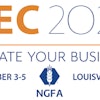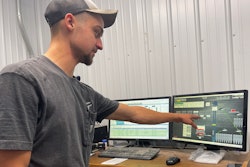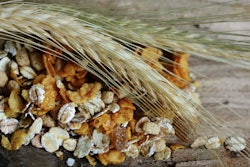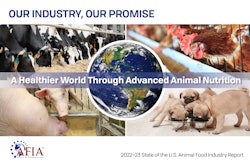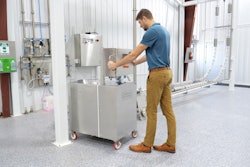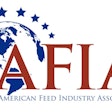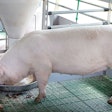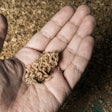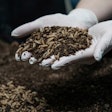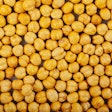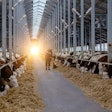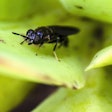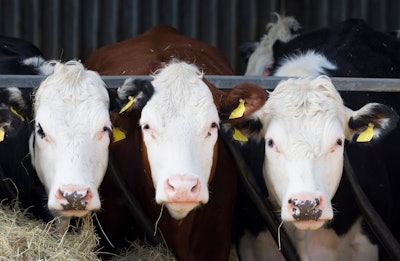
I attended theAmerican Feed Industry Association’s (AFIA) Liquid Feed Symposium (LFS) last week in Louisville, Kentucky, where the overarching theme was on sustainability. However, another related topic came up repeatedly: The U.S. lags behind many other countries in approving feed additives that can reduce enteric emissions from cattle.
In the U.S., approximately 35% of total methane emissions come from all livestock, with 11% coming from dairy cattle and 20% from beef cattle.
The U.S. Food and Drug Administration’s (FDA) Center of Veterinary Medicine (CVM)regulates animal foods with drug claims, including environmental benefit or production claims and claims about the effects on the animal’s microbiome. Many in the animal feed industry agree that CVM’s regulations are overly burdensome and that some rules are inconsistent and arbitrary, and that they put U.S. companies at a competitive disadvantage. They also put U.S. dairy and beef producers at a disadvantage because they don’t have broad access to these methane-reducing feed additives.
“I think the greatest difficulty right now is policy and approval for some of these products that could have a great impact on ruminal methane production,” said Fabian Bernal, vice president of measuring and modeling atDairy Management Inc., who spoke during LFS. “We’re stuck a little bit in this process of approvals, even though many of these products are already here, but they’re just not approved.”
There is a wide range of remarkablefeed additives that have been shown to reduce enteric methane emissionsby between 2% and 12% per year. These include seaweed, fatty acids, 3-Nitrooxypropanol (3-NOP), oregano, tannins, nitrate, biochar, cinnamon, garlic and saponins.
As a result of ongoing conversations between AFIA and FDA, there has beensome progress made toward regulatory approvalfor some of these products, said Leah Wilkinson, AFIA’s vice president of public policy and education. She said FDA has presented two potential policy changes that would allow for approvals of certain feed additives.
“We hope by the end of the year, we’re going to have that official decision and they’re going to lay out a path for how we can go about making these claims,” Wilkinson said. “That right there is a huge win for our industry to be able to have that going forward.”
Additionally, theInnovative Feed Enhancement and Economic Development (FEED) Act of 2023(S.B. 1842) would modernize the approval process for animal feed with drug claims by establishing a new pathway for manufacturers to receive approval for feed additives that improve efficiency in meat and dairy production while also reducing byproducts. The bill is attached to the Animal Drug User Fee Act (ADUFA) in the Senate, which establishes the payment schedule for drug sponsors and how they get new animal drugs approved. Wilkinson said AFIA is working to gain passage of that bill.
While this progress is promising, it is slow going (as many things in Washington are), and late. Regulations in the European Union, Australia and some South American countries, for example, have allowed for the sale of methane-reducing feed additives for months or years. TheGlobal Methane Pledge, with its goal of cutting anthropogenic methane emissions at least 30% by 2030 from 2020 levels, was signed by 150 countries. But the U.S. – with a beef and dairy market that is key to meeting these goals – still can’t take advantage of all the available ways to lower emissions.
It sounds like the U.S. beef and dairy industries are ready to implement these tools when they become available; like Wilkinson, I hope that time will come soon.


